Lenovo Flex 5 Chromebook vs. ASUS Chromebook C434: Which should you buy?
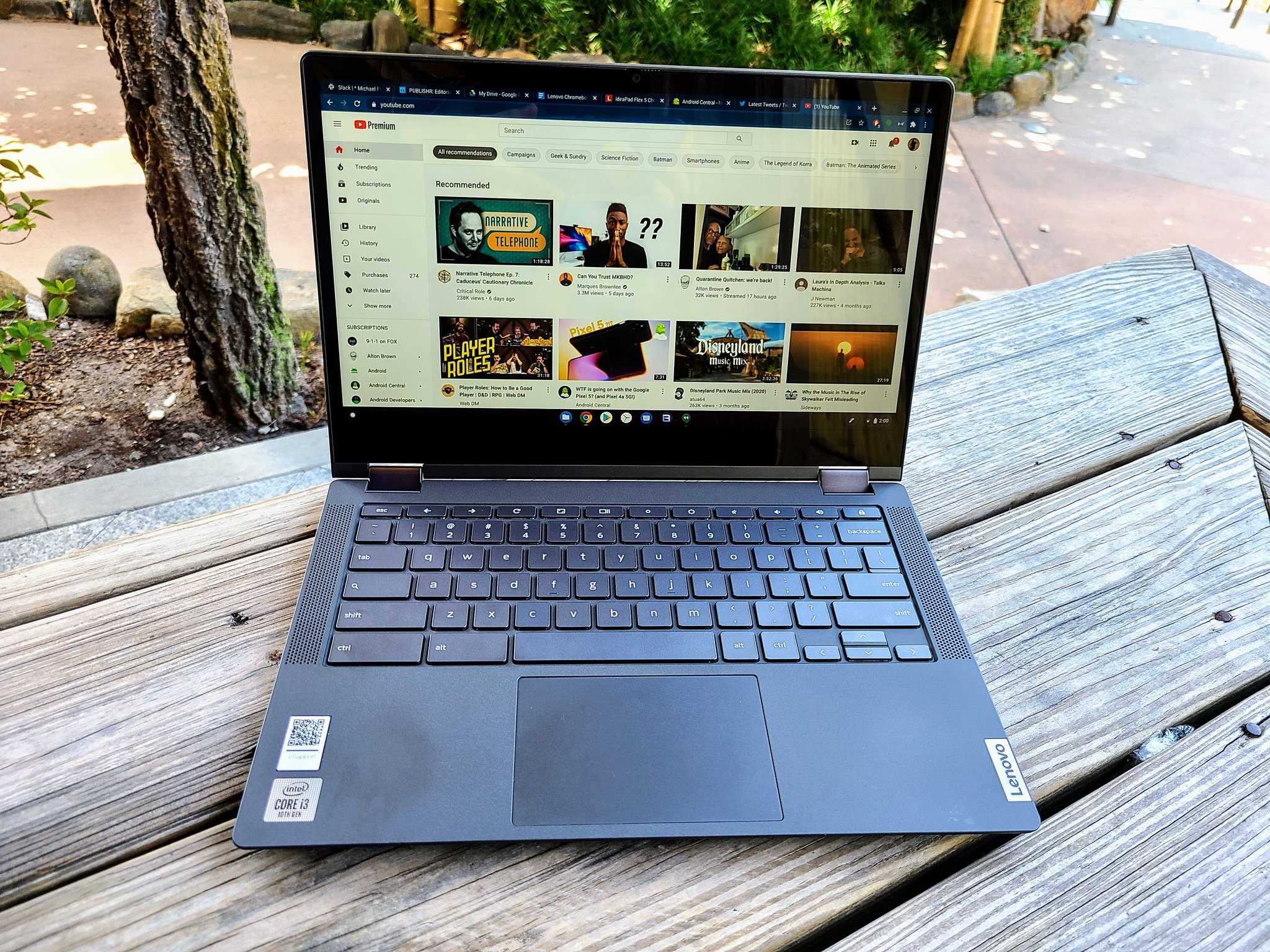
Lenovo Flex 5 Chromebook
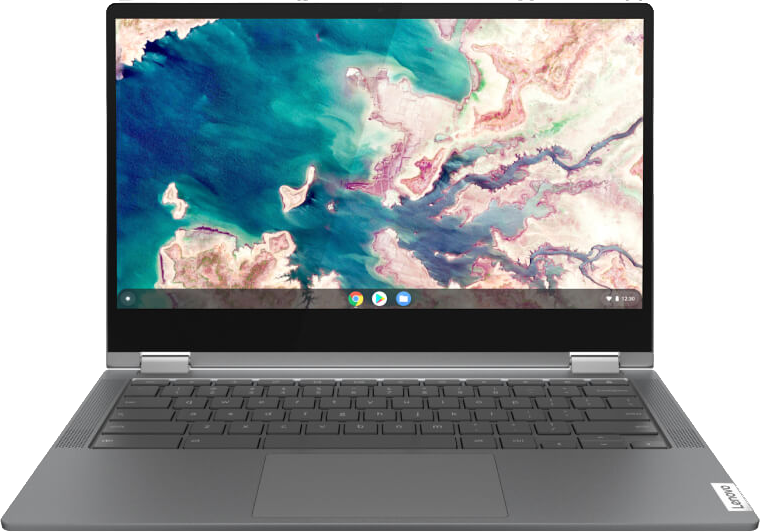
The Flex 5 matches its Chromebook rival with a backlit keyboard, flexible 2-in-1 design, 2 USB-C ports, and 10+ hour battery. Where it stands out is its SSD storage option, later auto update expiration date, and better price.
Lenovo Flex 5 Chromebook
Future-proofed
ASUS Chromebook Flip C434
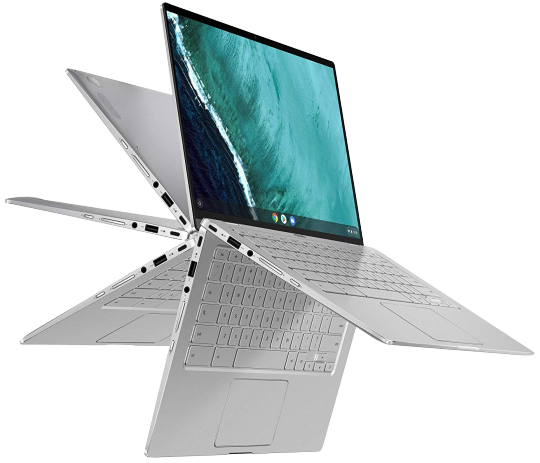
If you want a wider range of specs to choose between, the ASUS Flip gives you a wider range of CPUs and RAM options based on your budget. But whichever configuration you buy, you'll get a 14", colorful display with plenty of nits.
ASUS Chromebook Flip C434
Bigger, brighter display
The Lenovo Flex 5 Chromebook and ASUS Chromebook Flip C434 rank first and fifth in our best Chromebook list, making them both excellent buys for work, school, or casual use. While the Flex 5 Chromebook may be our top choice, that doesn't necessarily mean it's your top choice, as the Flip C434 brings some unique perks to the table. We've broken down how these two 2-in-1 Chromebooks stack up against one another in specs, features, and performance, to help you decide which to buy.
Lenovo Flex 5 Chromebook vs ASUS Chromebook Flip C434: Similar strengths
Having thoroughly tested out both of these Chromebooks, we gave them glowing praise in our Lenovo Flex 5 Chromebook review and ASUS Chromebook Flip C434 review, often for similar reasons. You'll find that both devices share useful features like responsive touchscreens, backlit keyboards, two USB-C ports apiece, expandable storage, and excellent battery life. For the latter, we found the Flex 5 hit an average of 9 to 12 hours, while the Flip C434 reached 8 to 11 hours.
Either Chromebook gives you a backlit keyboard, expandable storage, two USB-C ports, and 10+ hours of battery life.
One main perk both share is their 2-in-1 design. Each can be adjusted from laptop mode to tablet, tent, or stand forms, making them useful for any context. The primary difference is that the C434 display is 0.7" bigger, while the device itself is about 0.2 pounds heavier. Most buyers will prefer having that little bit of extra workspace with the C434, and thanks to its tiny bezels it's comparable in size to the Flex 5 despite the larger display.
You'll even find similar hardware in both devices, although this largely depends on which configurations you choose. You'll find the range of options in the spec table below:
| Header Cell - Column 0 | Lenovo Flex 5 | ASUS Chromebook C434 Flip |
|---|---|---|
| Display | 13.3-inch touchscreen1080p • 16:9 • 250 nits | 14-inch LED-backlit NanoEdge touchscreen1080p • 16:9 • 300 nits |
| Processor | Intel Celeron 5205U10th Gen Intel Core i3-10110U | Intel Core m38th Gen Intel Core i5-8200Y |
| Storage | 32-64GB eMMCor 128GB SSD | 32-128GB eMMC |
| Expandable Storage | microSD card reader | microSD card reader |
| RAM | 4GB DDR4 2666MHz | 4-8GB 1867MHz LPDDR3 |
| Battery | 52.5WhrUp to 10 hours | 48WhUp to 10 hours |
| Ports | 2x USB-C1x USB-A3.5mm Audio jack | 2x USB-C1x USB-A1x Audio combo jack |
| Connectivity | Wi-Fi 6Bluetooth 5.0 | Wi-Fi 5Bluetooth 4.2 |
| Keyboard | Backlit | Backlit |
| Speakers | Front-facing | Downward-firing |
| Auto Update Expiration Date | June 2028 | June 2026 |
| Dimensions | 12.2"x8.4"x0.67" | 12.64"x7.95"x0.62" |
| Weight | 2.97lbs | 3.19 lbs |
Lenovo Flex 5 Chromebook vs ASUS Chromebook Flip C434: Flipping out at ASUS' design
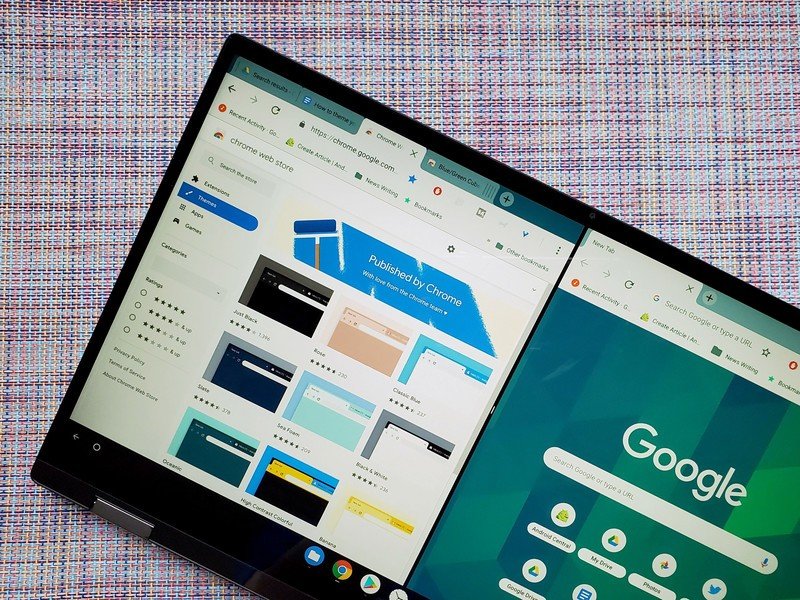
Want a Chromebook that makes a bold statement on your desk? The ASUS Chromebook Flip C434 grabs your attention with its aluminum chassis, where the Lenovo Flex 5 is mainly matte plastic with a color-matching aluminum lid. Aluminum can be harder to keep scratch-free, but if you take good care of it the ASUS simply looks better in our opinion.
Be an expert in 5 minutes
Get the latest news from Android Central, your trusted companion in the world of Android
That doesn't change once you open up your Flip C434. It has smaller bezels than the Flex 5, contributing to an 87% screen-to-body ratio. Then there's the display itself, which has IPS tech for wide viewing angles, hits the full 100% sRGB color gamut, and reaches about 300 nits of brightness. The Flex 5 also sports built-in IPS, but has a 250-nit average and doesn't support the same color spectrum.
An 87% screen-to-body ratio, 100% sRGB and 300-nit IPS display make the Flip C434 beautiful to stare at all day.
We aren't completely in love with how ASUS designed its Chromebook. While we do appreciate the 2-in-1 build and stylus support, we dislike its downward-facing speakers, which inevitably sound muffled when the Flip is placed on a soft surface like a bed. And our reviewer noticed that ASUS designed it to sit on top of two small silicone pads, which makes it wobbly on top of uneven surfaces like your lap.
Those shortcomings aside, we do like how ASUS created several different Flip C434 configurations, so you can pay extra to upgrade particular specs. Only the Flip lets you improve your RAM from 4GB to 8GB, while the Flex 5 is stuck at 4GB; extra memory is particularly useful if you're someone who likes having dozens of tabs open at once. You can also upgrade up to 128GB eMMC of storage, or from an Intel m3 CPU to an 8th-gen i5 or i7.
Unfortunately, configurations with improved CPUs tend to be both hard to find for sale and expensive. We personally recommend you get an 8GB RAM version but stick with the Intel m3. If you do want to upgrade your processor, you may want to consider its superior (but pricier) sibling, the ASUS Chromebook Flip C436.
Lenovo Flex 5 Chromebook vs ASUS Chromebook Flip C434: Lenovo flexes its specs
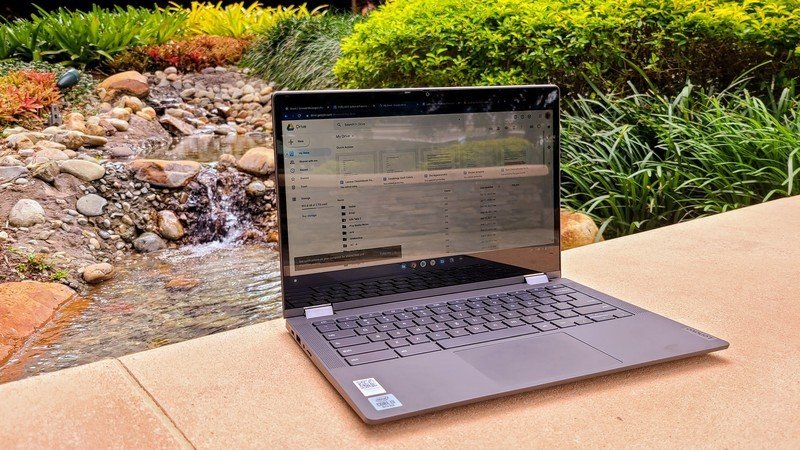
You won't find quite as dynamic a design with the Lenovo Flex 5 as the ASUS Flip C434. For starters, its bezels aren't quite as narrow, nor do its brightness or color gamut stack up. Yet it also makes fewer mistakes than the C434: it has forward-facing speakers that get loud and only sound tinny at the highest settings, it has a more traditional hinge and it lays comfortably flat on surfaces with less unsteadiness.
The Lenovo Flex 5 has a more advanced chipset and connectivity and will get updates long after ASUS' device is defunct.
As a newer machine, the Flex 5 has greater longevity than the Flip C434 — it has guaranteed updates for two years longer than ASUS' machine, over seven years in total. It uses 10th Generation Intel chips, versus 8th Gen chips in ASUS' machines. Plus, it supports newer connectivity standards, specifically one generation later for both Wi-Fi and Bluetooth. That may not sound important, but there are some significant differences between Wi-Fi 6 vs Wi-Fi 5 that you'll appreciate.
We recommend you look for the Lenovo Flex 5 Chromebook configuration with an Intel i3 processor and 128GB of storage. The i3 CPU will make up for the low memory and help it perform well for most tasks, while the 128GB upgrade swaps you from an inferior eMMC drive to a superior solid-state drive, adding faster speeds as well as more storage space.
Lenovo Flex 5 Chromebook vs ASUS Chromebook Flip C434: Which should you buy?
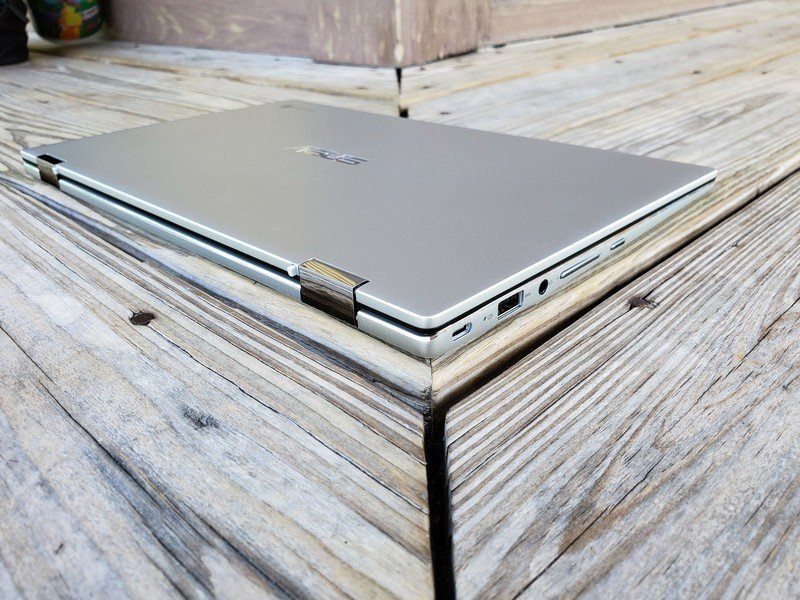
The Lenovo Flex 5 Chromebook can't upgrade its CPU or memory to match the best version of the ASUS Chromebook Flip C434, but that version is both hard to find for sale and way too expensive for a mid-range Chromebook. The most advanced Flex 5 sticks in the $500 range while offering great performance and similar features like a backlit keyboard and touchscreen.
Considering its longer update support, more future-proofed Wi-Fi and Bluetooth, better audio quality, and better price, the Flex 5 still has our vote. But if you're willing to spend a little extra for a slightly larger, brighter, and more colorful display, plus extra memory for your tab-happy browsing, the Flip C434 is still a good choice — even if it'll "only" last you about five or six years before the updates stop.

An all-around excellent Chromebook with few downsides
For a reasonable price, the Lenovo Flex 5 offers great performance, a versatile design with a backlit keyboard, a reliable battery for a full day of work, and a screen big enough for staying productive and for movie nights.

Michael is Android Central's resident expert on wearables and fitness. Before joining Android Central, he freelanced for years at Techradar, Wareable, Windows Central, and Digital Trends. Channeling his love of running, he established himself as an expert on fitness watches, testing and reviewing models from Garmin, Fitbit, Samsung, Apple, COROS, Polar, Amazfit, Suunto, and more.
